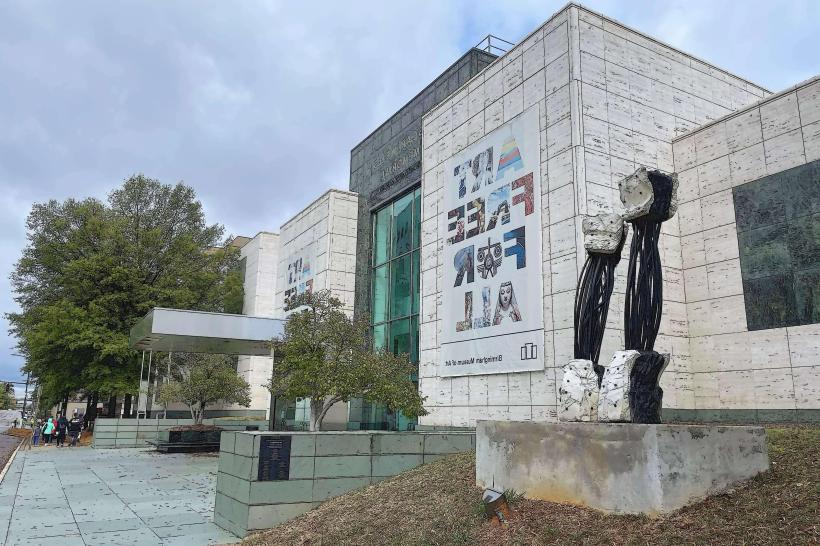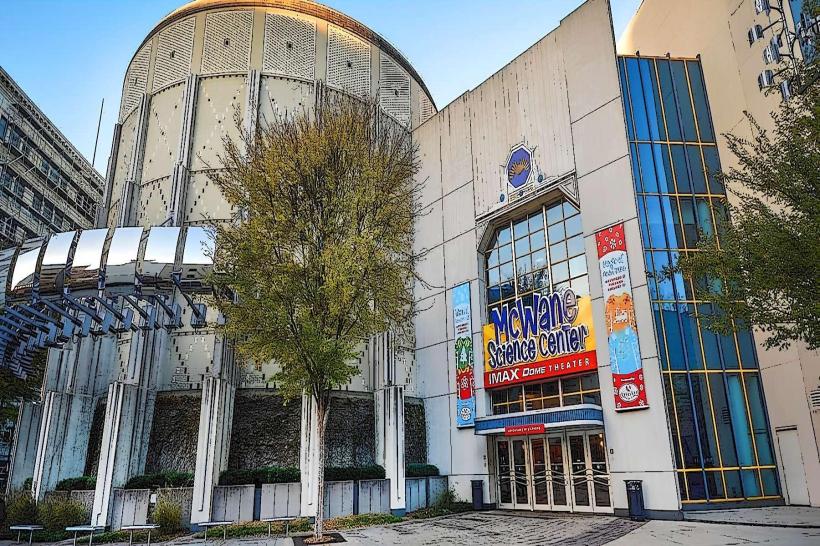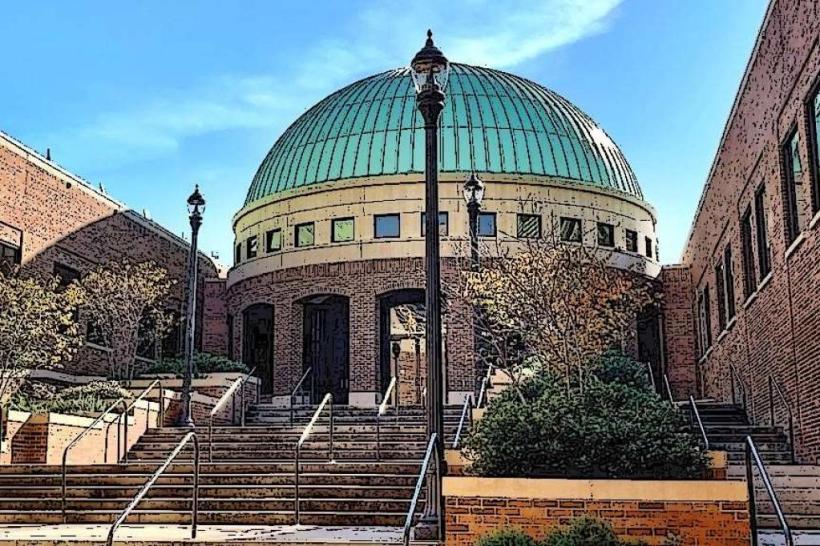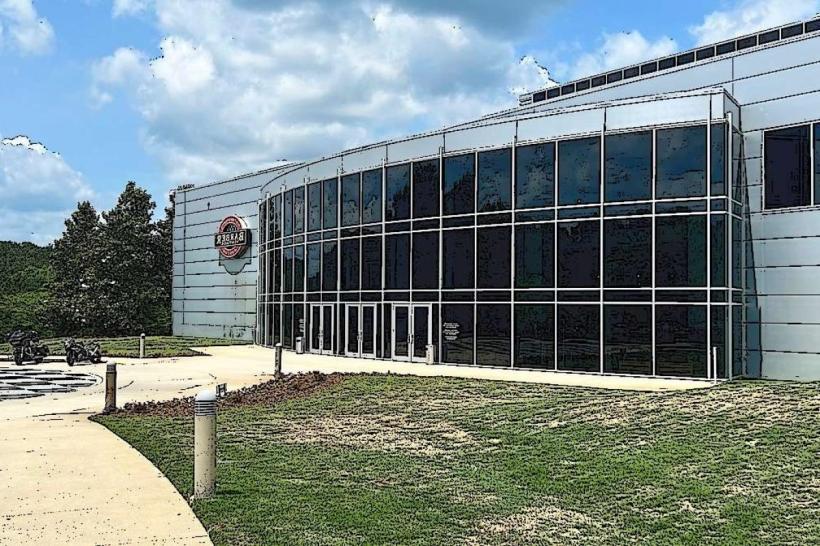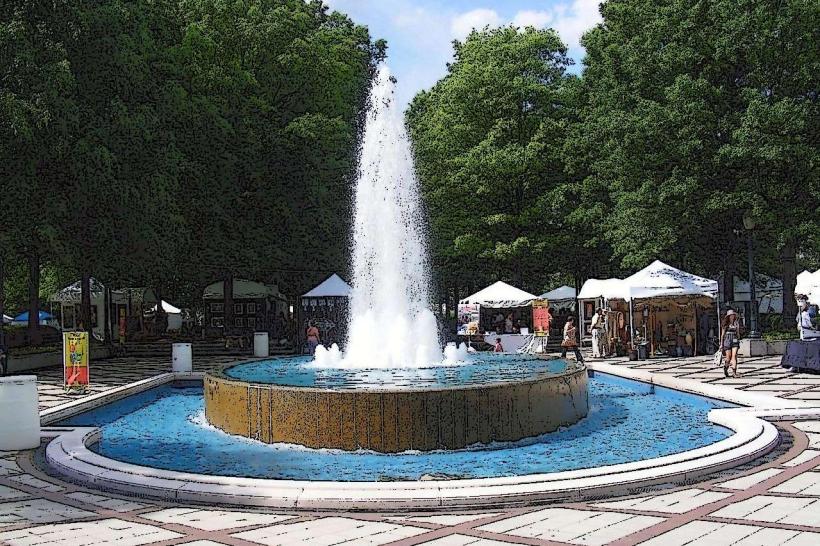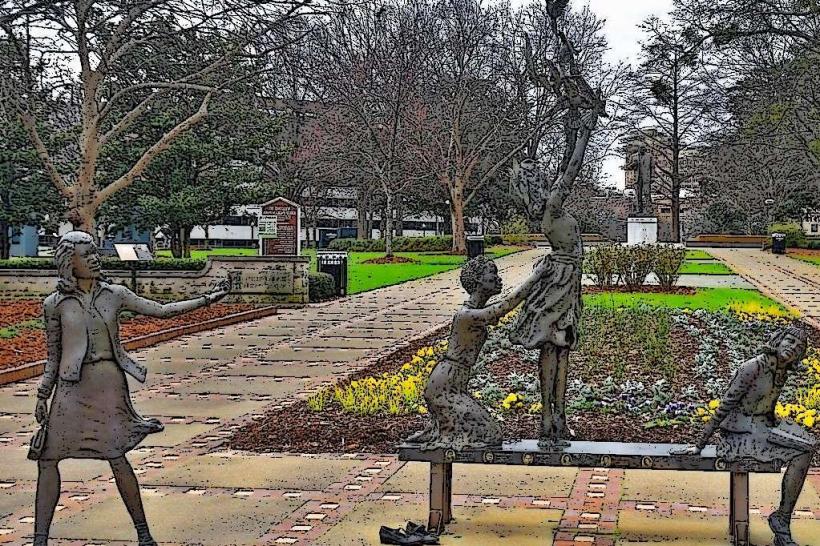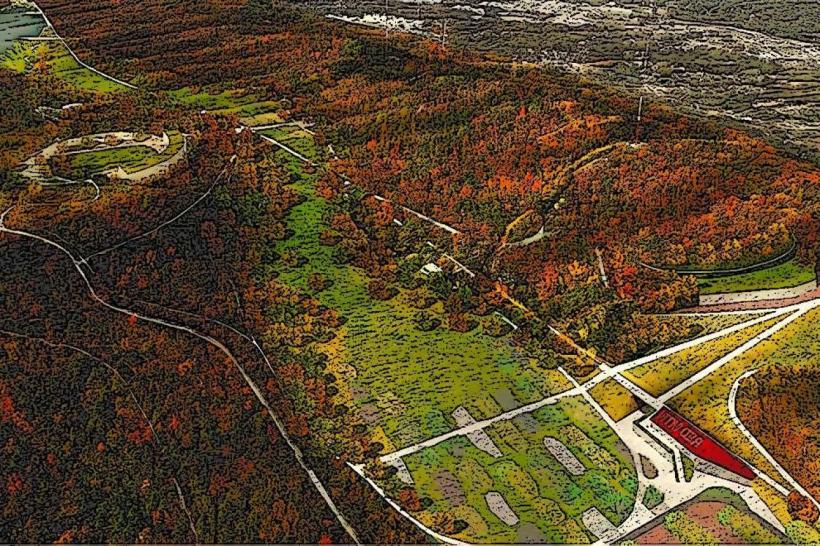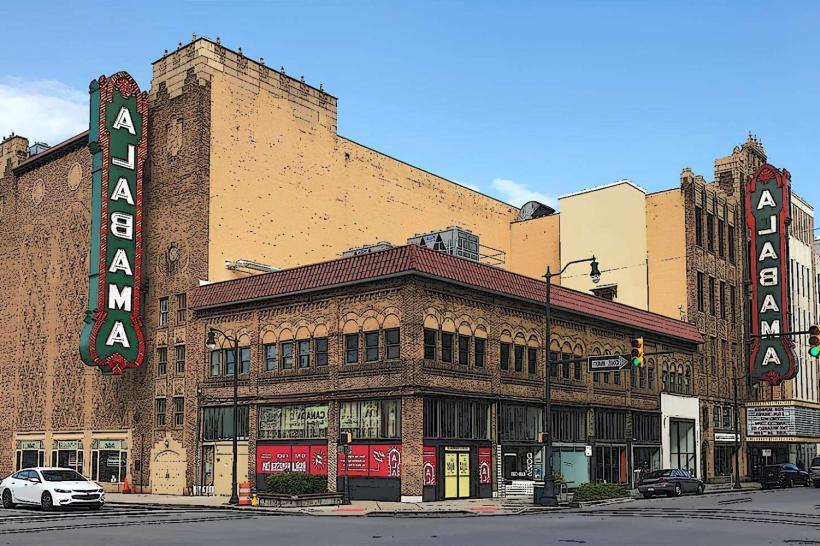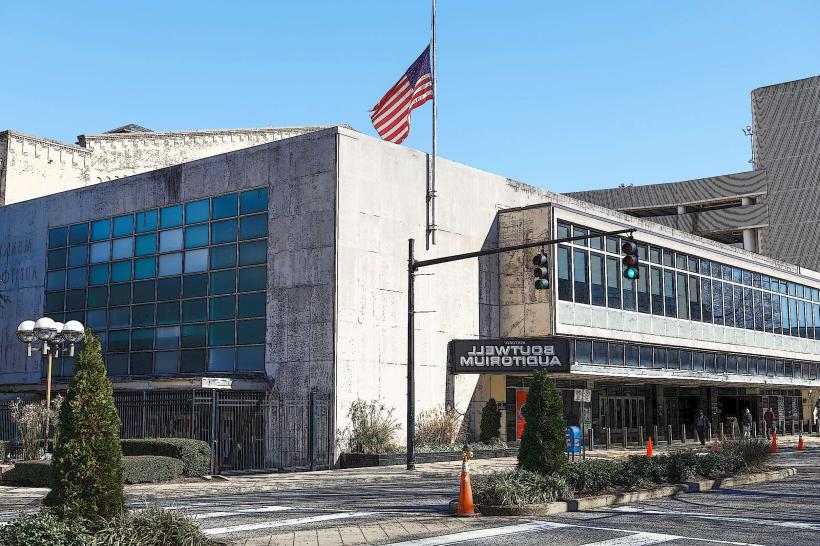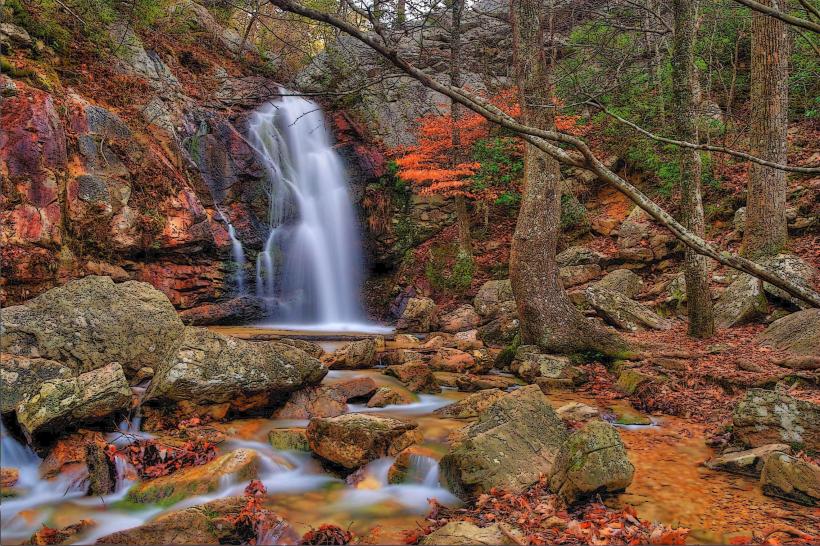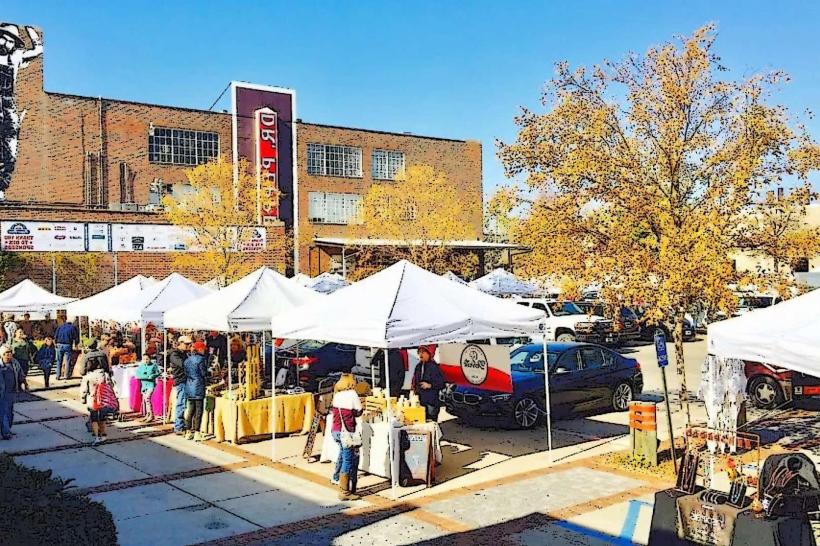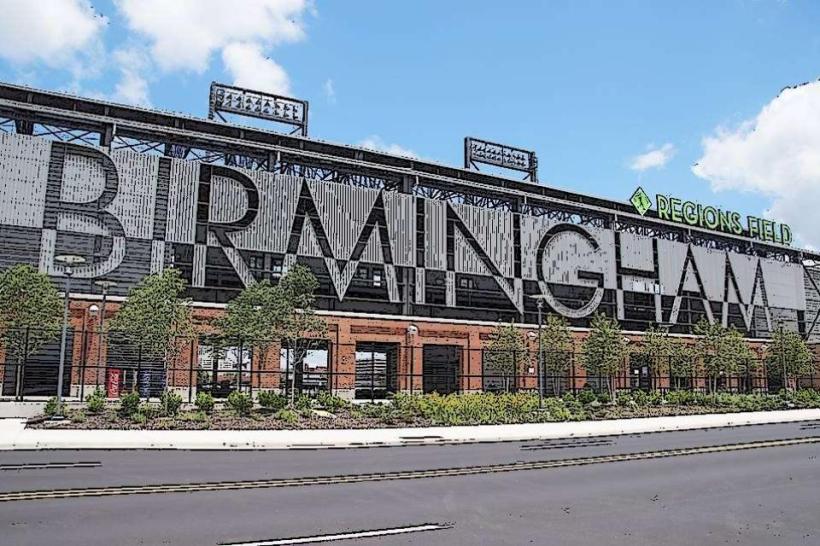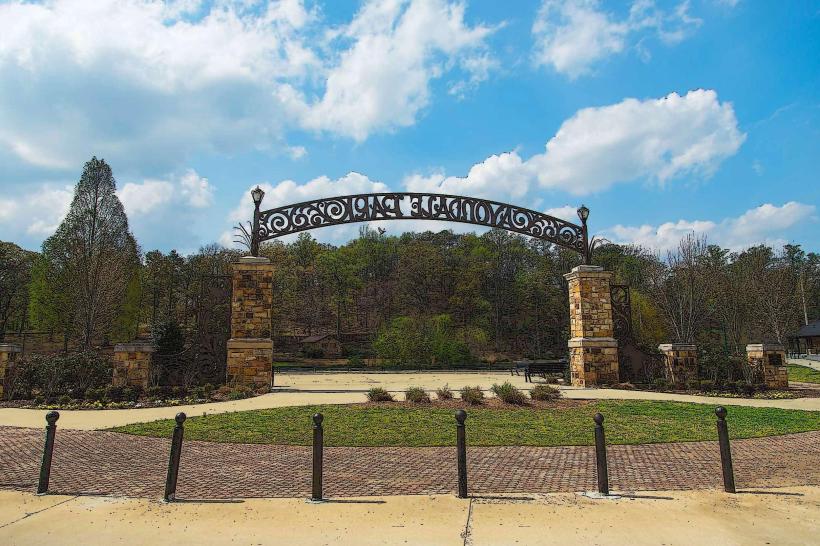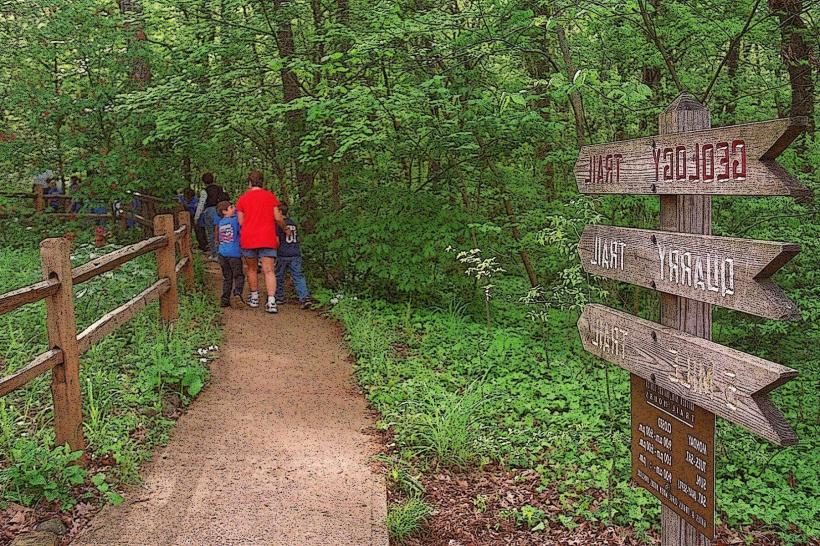Information
Landmark: Sloss Furnaces National Historic LandmarkCity: Birmingham
Country: USA Alabama
Continent: North America
Sloss Furnaces National Historic Landmark, Birmingham, USA Alabama, North America
Sloss Furnaces National Historic Landmark in Birmingham, Alabama, is one of the most important surviving symbols of the city’s industrial heritage. Once a bustling pig iron–producing blast furnace, it is now preserved as a museum and cultural venue, offering insight into the industry that earned Birmingham its nickname, the “Magic City.”
Historical Background:
Sloss Furnaces was established in 1881 by Colonel James Withers Sloss, a key figure in Birmingham’s rise as an industrial hub. The furnaces produced pig iron, a raw material crucial for steelmaking, and they operated for nearly a century until closing in 1971. During its peak years, Sloss was one of the largest producers in the South, and thousands of workers-many of them immigrants and African Americans-labored under harsh, dangerous conditions to fuel Birmingham’s growth.
In 1981, a decade after its closure, Sloss was designated a National Historic Landmark, the only blast furnace in the United States to receive this distinction. Its preservation reflects not only industrial history but also the social and cultural transformations tied to labor, race, and urban development.
Layout and Features:
Blast Furnaces and Stacks: The towering smokestacks, massive boilers, and casting sheds remain standing, offering a dramatic backdrop and a tangible sense of scale.
Casting Shed: This area, where molten iron was poured into molds, is one of the most impressive surviving structures.
Power House: Equipment here once supplied the energy to keep the furnaces operating.
Interpretive Exhibits: Onsite displays explain the iron-making process, the role of Sloss in Birmingham’s history, and the lives of the workers who powered the operation.
Visitor Center and Museum: A modern facility houses educational exhibits, photographs, oral histories, and artifacts related to the industrial and cultural story of the site.
Cultural and Educational Role:
Sloss Furnaces operates both as a historic site and a cultural center. Educational programs highlight metallurgy, industrial archaeology, labor history, and Birmingham’s rapid growth during the 19th and 20th centuries. It also functions as a metal arts center, where contemporary artists use iron-pouring techniques inspired by the site’s history.
Events and Activities:
Iron Pour Demonstrations: Visitors can witness live iron-pouring, connecting modern creativity to historical industry.
Festivals and Concerts: Sloss regularly hosts music festivals, food events, and cultural celebrations, making use of its unique industrial backdrop.
Haunted Tours: The site is reputed to be haunted, and seasonal ghost tours, particularly around Halloween, draw large crowds.
Workshops and Classes: Programs in metal casting, sculpture, and blacksmithing keep the tradition of craftsmanship alive.
Sustainability and Preservation:
Preserving an industrial site of this scale presents challenges, but careful stabilization and maintenance ensure both visitor safety and historical authenticity. Conservation efforts focus on preventing rust and structural decline while maintaining the raw, industrial atmosphere that defines Sloss.
Visitor Tips:
Allow at least 1–2 hours to explore the grounds and museum.
Guided tours are recommended for a deeper understanding of the iron-making process and the workers’ stories.
Comfortable shoes are advisable, as the site covers a large industrial footprint.
Photographers will find dramatic compositions among the rusted machinery, pipes, and towering stacks.
Check the schedule in advance-special events like iron pours and festivals add to the experience.
Sloss Furnaces National Historic Landmark is more than a preserved industrial site; it is a powerful reminder of the human labor, innovation, and resilience that built Birmingham. Today, it stands at the intersection of history, art, and community, bridging the city’s industrial past with its creative future.

